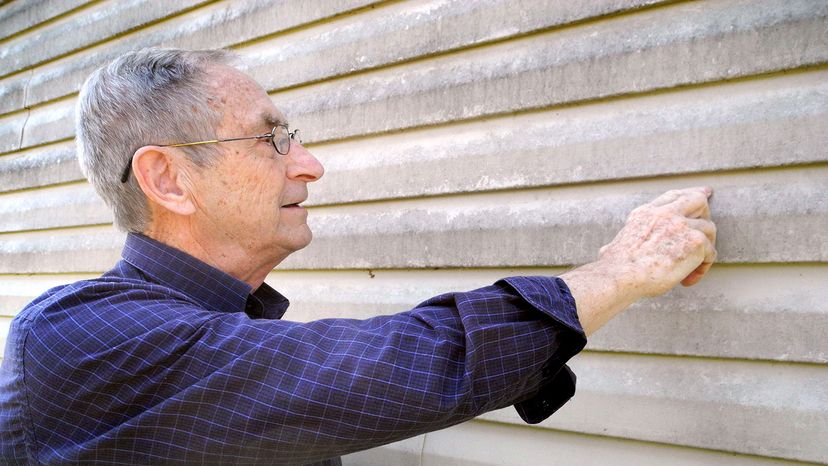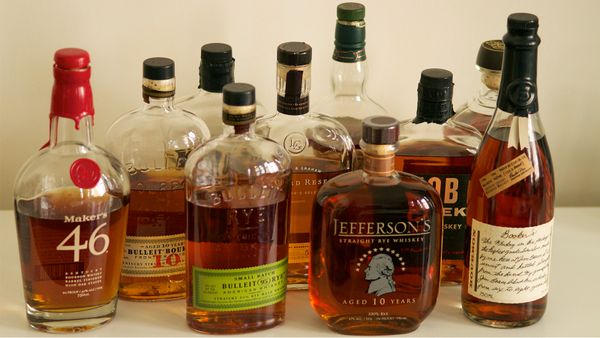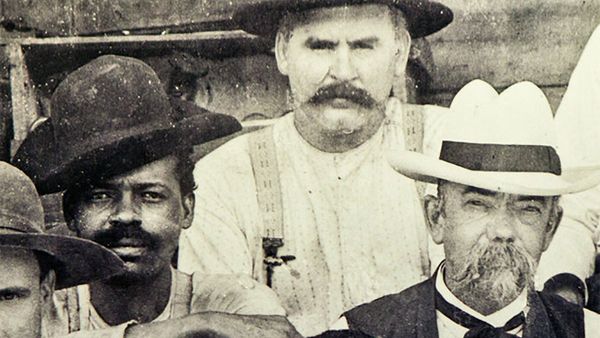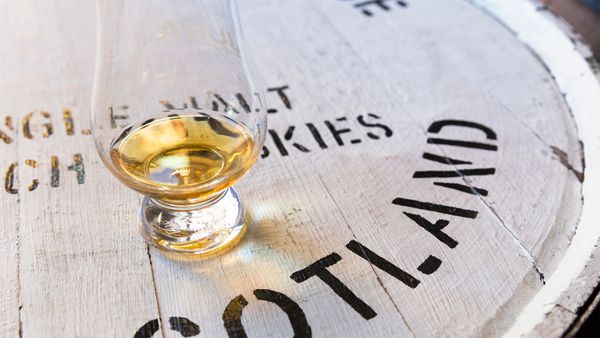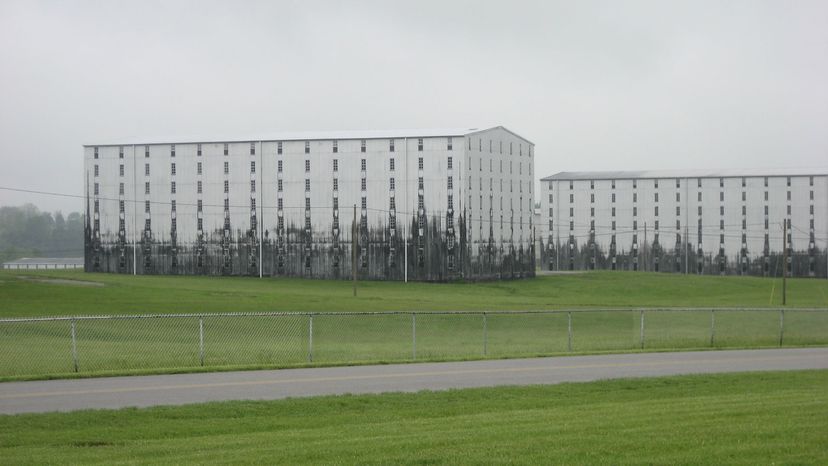
Key Takeaways
- Whiskey fungus, scientifically known as Baudoinia compniacensis, thrives on the ethanol vapors released during the whiskey aging process, commonly referred to as the "angel's share."
- This black fungus is not harmful like black mold (Stachybotrys) but can attach itself to various surfaces, including buildings, trees, cars and outdoor furnishings, causing aesthetic and potential property damage.
- The fungus feeds on the sugar in the ethanol emissions, which can amount to 200 to 1,000 tons (181 to 907 metric tons) annually, depending on the distillery's production volume.
A lot of people like whiskey — especially Jack Daniels whiskey. According to data from Statista, the Jack Daniels straight American whiskey brand recorded sales of approximately 5.4 million 9-liter (2-gallon) cases in 2021. Considering that was during the second year of the COVID-19 pandemic, maybe the number isn't a surprise, but sales numbers have steadily climbed since 2013. Suffice to say, a lot of people like whiskey, and much of it is made at the Jack Daniels distillery in Moore County, Tennessee, which also has a thriving crop of a fungus familiar to anyone living near a distillery.
Advertisement
